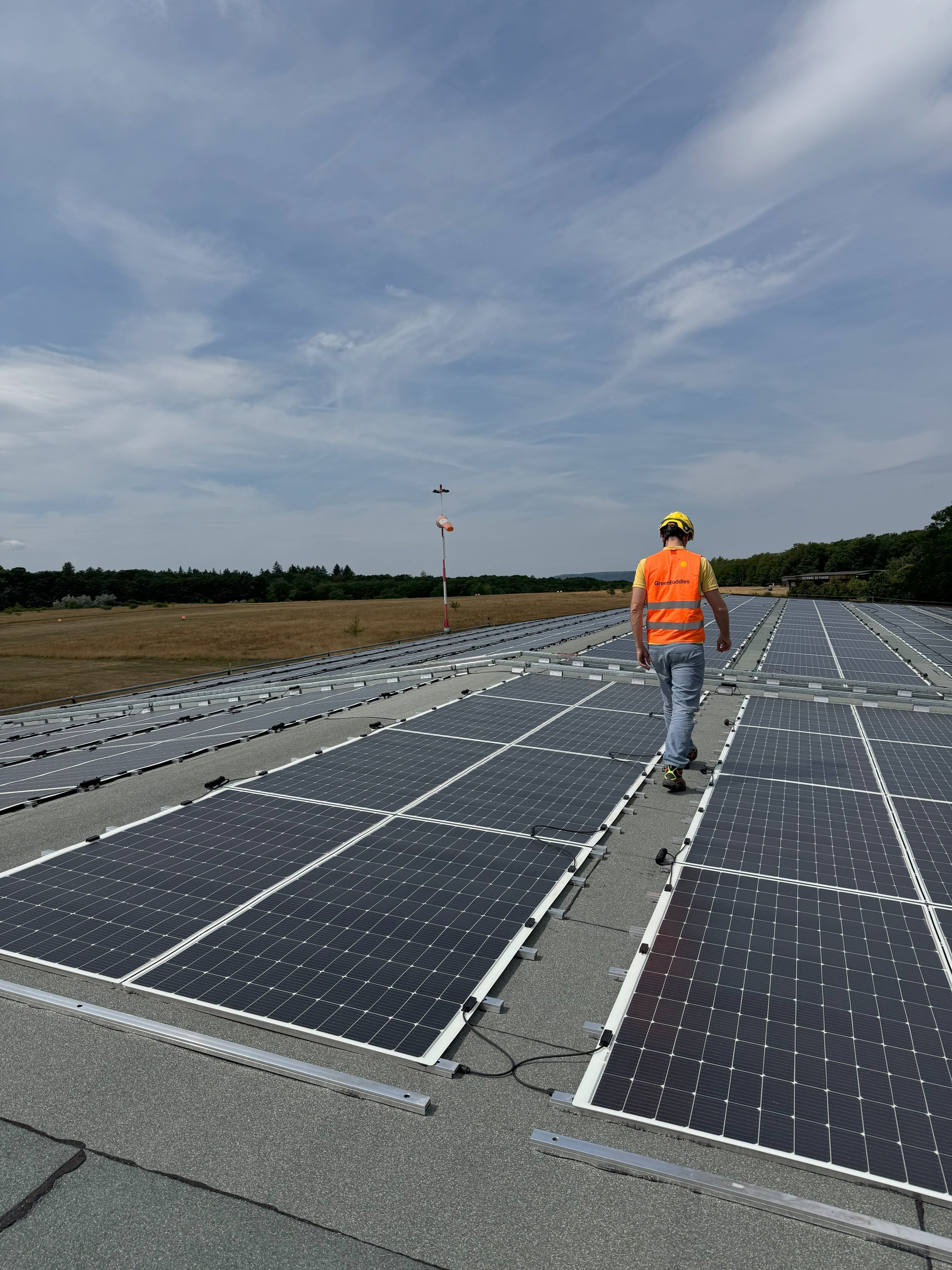Photovoltaic systems are increasingly being used even on architecturally significant buildings. A prime example is the recently completed project by the Czech company Greenbuddies on the roof of the Aviation Museum in Točná near Prague. The hangar, which houses the legendary Lockheed Electra aircraft once owned by Jan Antonín Baťa, has been fitted with lightweight solar panels with a total capacity of 182 kWp. These contribute not only to reducing the museum's carbon footprint but also to enhancing its energy self-sufficiency.
Greenbuddies is delivering a full turnkey solution, including project documentation, securing subsidies, component supply, and installation. The completion and commissioning of the solar plant are scheduled by the end of 2025.
Solar panels that respect the building's character
The museum hangar's roof was unsuitable for the installation of conventional photovoltaic panels due to its limited load capacity and the need to preserve the original appearance of the building. Therefore, special lightweight modules were selected, which are up to 50% lighter and 70% thinner than standard glass panels. This solution is ideal for these types of buildings and older structures where it is crucial to minimise structural impact and the risk of damage. From the outside, the installation is virtually invisible and does not detract from the building’s aesthetic value.







